Many-a-times when people think of a desert, they physique cactus dotted stretches of sand with an occasional camel roaming here and there. People often confuse deserts with barren lands, unsuitable for vegetation.
However, if you are a dessert lover or live in the deserts, you need not stick to these assumptions. Consequently, with careful and honest preparations, plant and rock selections, and irrigation systems, you can switch your senses from a barren patch to a far blooming desert landscape.
(Desert Landscaping – A switch from barren land to thorny trees ©Trees.com)
Many planned or organic desert landscaping ideas that play with various species can help you convert your dream to reality in just five steps.
Step 1. Soil Preparation
Usually, the organic matter remains absent in desert soil, making it inappropriate to sustain plant life. In addition to this, it is sandy and coarse. However, this need not be a dominant issue and has a solution of a test.
Thus, a soil test that is handily available at your nursery or garden store proves essential. Besides helping you conclude the number of nutrients present in your soil, this test will determine supplements for the same.
These supplements, in the form of fertilizers, will help you cultivate optimum growing conditions. Besides this, during soil preparation, remember to check for adequate drainage as desert plants succumb to accidental moisture.
Step 2. Irrigation System
As water is scarce, irrigation requires an appropriate design that utilizes the precious commodity sparingly. Drip irrigation works wonders for a desert landscape, as it does not lose water to evaporation and run-off.
Proper and careful plant zoning, incorporated into a desert landscape, needs management to avoid water wastage or overwatering. It will thus allot areas and group plants based on water requirements. Hence suitable irrigation will add tiers to the otherwise simple desert landscaping ideas.
Step 3. Choosing Appropriate Ground-Covering
Splashing pinches of color on sandy surroundings can be made possible with the help of appropriate ground covers. They are a must for your desert landscape as they not only help sustain moisture in less water but prevent sand erosion during storms.
Moreover, they help shelter the plant’s shallow roots during sandstorms. A variety of low-maintenance grasses like Bermuda grass can grow in sands and be a perfect covering for your landscape.
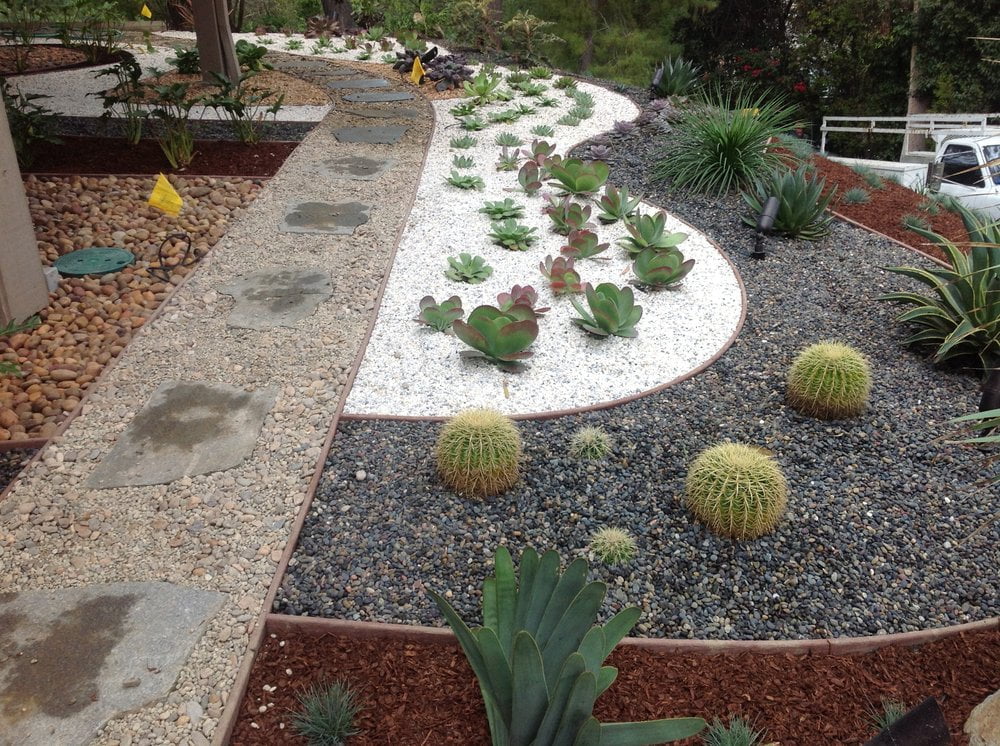
Additionally, bright yellow, red, blue pebbles and stones, neutral white, and classic grey and black stones add a contemporary appeal to your landscape. Gravel and small bedrock can also sync in with the pathways and dry-stacked stone walls.
Step 4. Choosing the Right Plants
Growing native plans that can tolerate a dry, warm, and moisture-ridden climate will help you transition your desert landscaping ideas to reality. Water retaining succulents are also a good choice for desert landscapes.
Cacti, aloe, sedum, begonias, and Autumn sages make great companions for your desert garden. Though one can grow them in planters, one must protect them from sandstorms when they are young and have unestablished shallow roots.
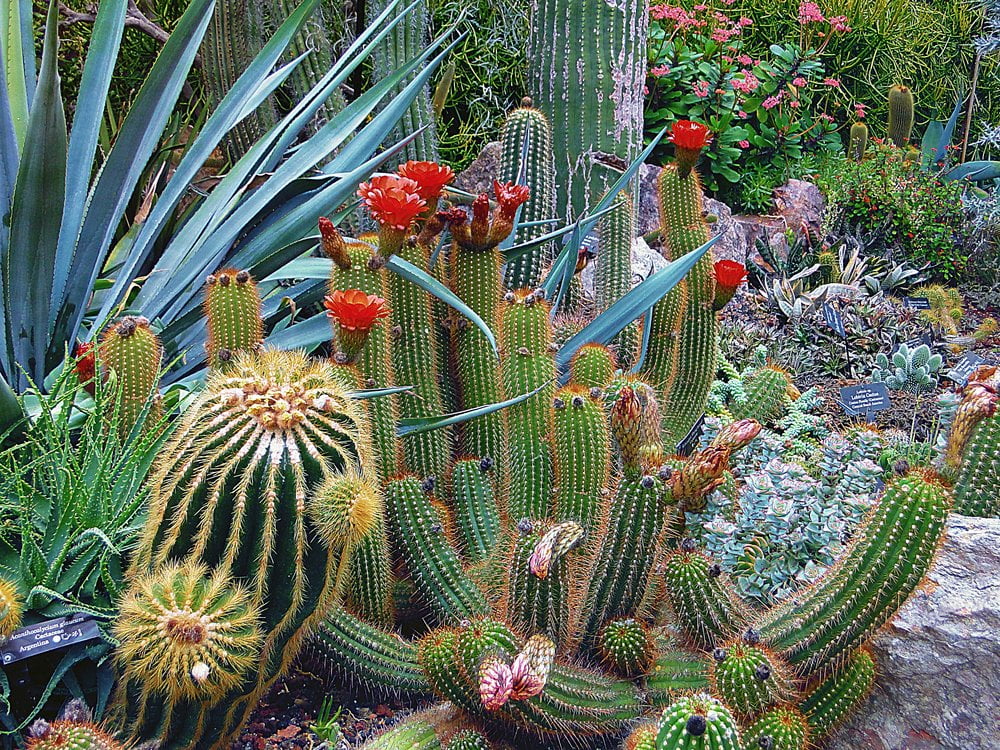
Step 5. Preparing the Actual Site
For actual on-site preparation, pick out some places and spots from the garden suitable for boulders or rock formations. These need to be dug at least 4″ deep before the placement of the boulder and backfilling. One will also need to segregate the plants beforehand and spread them out as in a desert. Herein, one should also consider the blooming patterns to have uniform distribution around the garden.
Apart from this, check for the soil slopes and make sure they drag water away from the garden to protect from the little rains these areas may have. And voila! You are ready. Select your favorite plants and pebbles and begin right away.

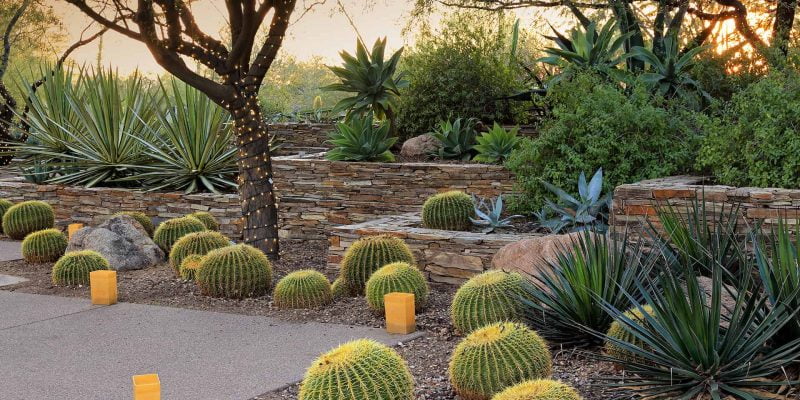

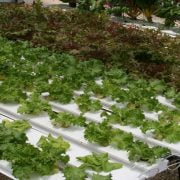
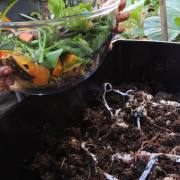
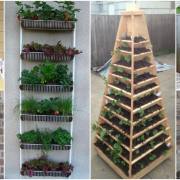
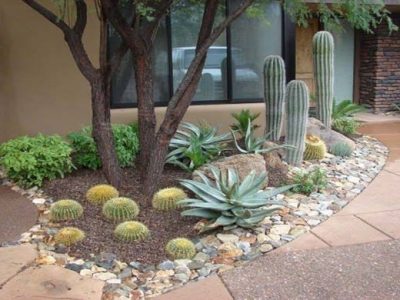
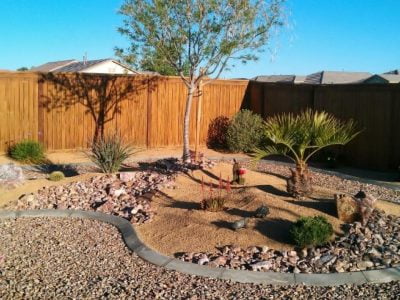
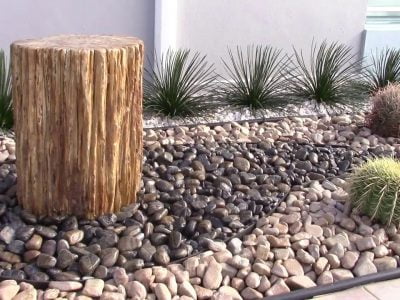
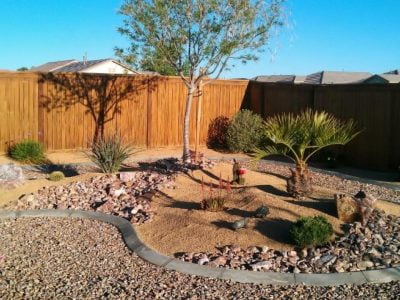
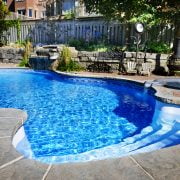
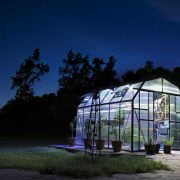
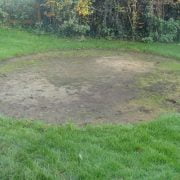

Comments